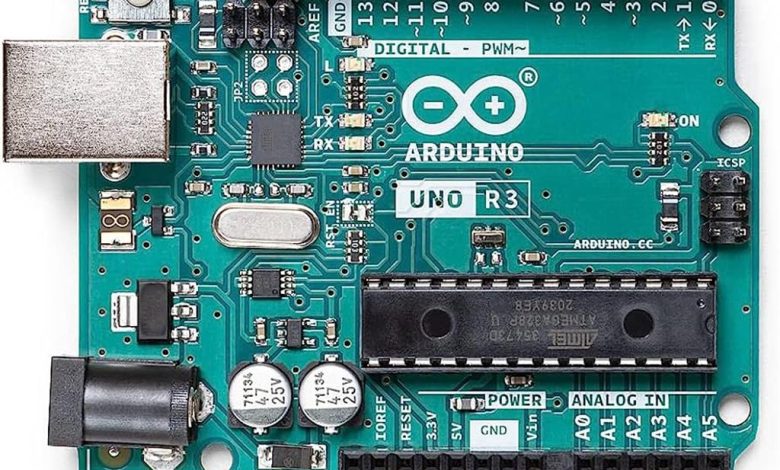
Arduino starter kits have revolutionized the way individuals, especially beginners, engage with electronics and programming. These kits offer a comprehensive introduction to the world of microcontrollers, making them an invaluable resource for anyone interested in embarking on a journey of electronic exploration. Whether you’re a hobbyist, an educator, or a young learner, Arduino starter kits provide the tools necessary to transform ideas into reality.
The Anatomy of an Arduino Starter Kit
An Arduino starter kit typically includes a variety of components that come together to form a versatile toolkit. Here’s what you can expect to find in a typical kit:
- Arduino Board: The heart of the kit, the Arduino board (such as Arduino Uno) is a microcontroller that can be programmed to control a wide range of devices and applications.
- Breadboard: A breadboard is a construction base for prototyping electronics. It allows you to create circuits without soldering, making it ideal for experimentation and testing.
- Jumper Wires: These are used to connect components on the breadboard to the Arduino board. They come in various lengths and colors for easy identification.
- Resistors and Capacitors: Essential components for controlling voltage and current in your circuits.
- LEDs and Sensors: LEDs (Light Emitting Diodes) are used for visual feedback, while sensors (such as temperature or light sensors) allow the Arduino to interact with its environment.
- USB Cable: This is used to connect the Arduino board to your computer for programming and power.
- Instruction Booklet: A comprehensive guide that includes projects and tutorials to get you started with the basics of electronics and coding.
Functionality and Learning Potential
Arduino starter kits are designed to be user-friendly and accessible to beginners. They provide an excellent platform for learning about electronics, programming, and the Internet of Things (IoT). The projects included in the kit’s manual range from simple LED blinkers to more complex systems involving sensors and actuators.
By working through these projects, learners can develop a foundational understanding of how electronic components work together, how to write code to control hardware, and how to troubleshoot problems that arise during the building process. This hands-on experience is invaluable for fostering creativity and problem-solving skills.
Arduino Kits for Young Learners
For young learners, particularly those in the age group of 12-14, Arduino kits can be an exciting introduction to STEM (Science, Technology, Engineering, and Mathematics) education. These kits offer a playful yet educational experience that encourages curiosity and innovation.
One such option is the electronic kits for kids age 12-14, which offers a variety of components and project ideas to stimulate interest and learning in electronics.
Arduino starter kits serve as an excellent gateway into the world of electronics and programming. By providing a hands-on learning experience, these kits foster creativity and enhance problem-solving skills, making them suitable for learners of all ages.


